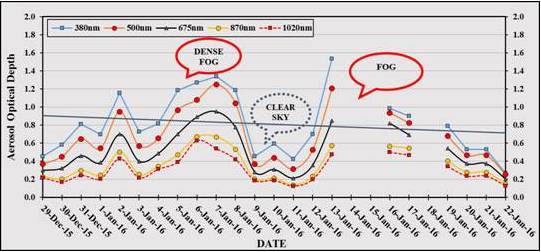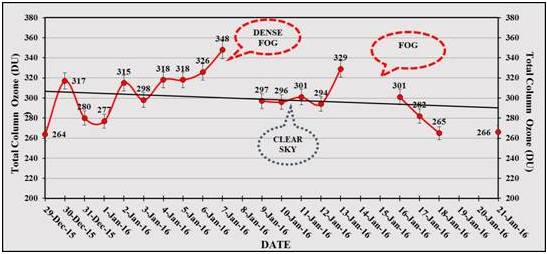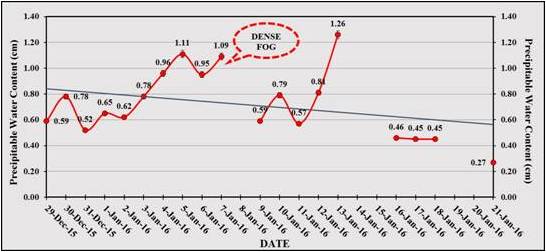Suggestions for Future Work
- We need to march beyond odd-even initiative as major gains shall be obtained by initiatives like re-routing the traffic in mega and metro cities like Delhi and Gurgaon. Further, it will be important for the Government of Delhi to consider segregating the mixed traffic as at present. Initiatives like battery operated rickshaws in certain areas of Delhi and CNG in the others, bringing back electric trams to Delhi and motivating the automobile industry to produce cost-effective battery operated automobiles and hybrid vehicles which will go a long way to solve further the problem of air pollution.
- The Government of Delhi may offer free charging of batteries from solar-powered charging stations to the battery-vehicle owners and even reduce the road tax by 50% for such vehicles. The Government of Delhi may also be well advised to offer say approximately 20% fuel subsidies to whoever opts for car-pooling. It may also be pertinent to note that while on one hand the odd-even initiative has created a hope for improving air quality, the regulators must come down heavily on Delhi metro and other major construction agencies who are contributing heavily to ever rising dust.
- In-ordinate delay in completion of projects like construction of fly-overs, re-construction of East Kidwai Nagar etc. is also a matter of grave concern.
- As the sample size is small and perturbed by varied meteorological conditions, we need to collect more data, covering from the surface through to earth observation, during fair weather conditions, to make more useful conclusion. We also need to understand the toxicity of pollutants and develop biomarkers that help setting-up of permissible respiratory levels for human health.




